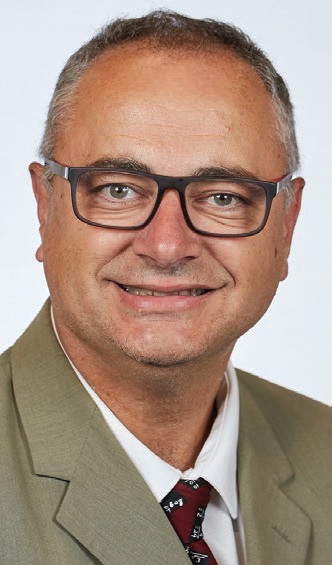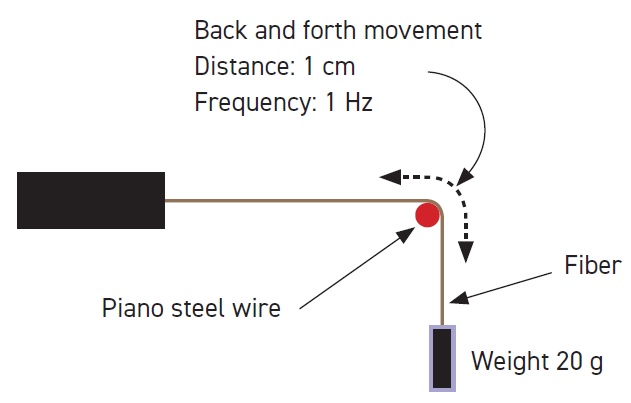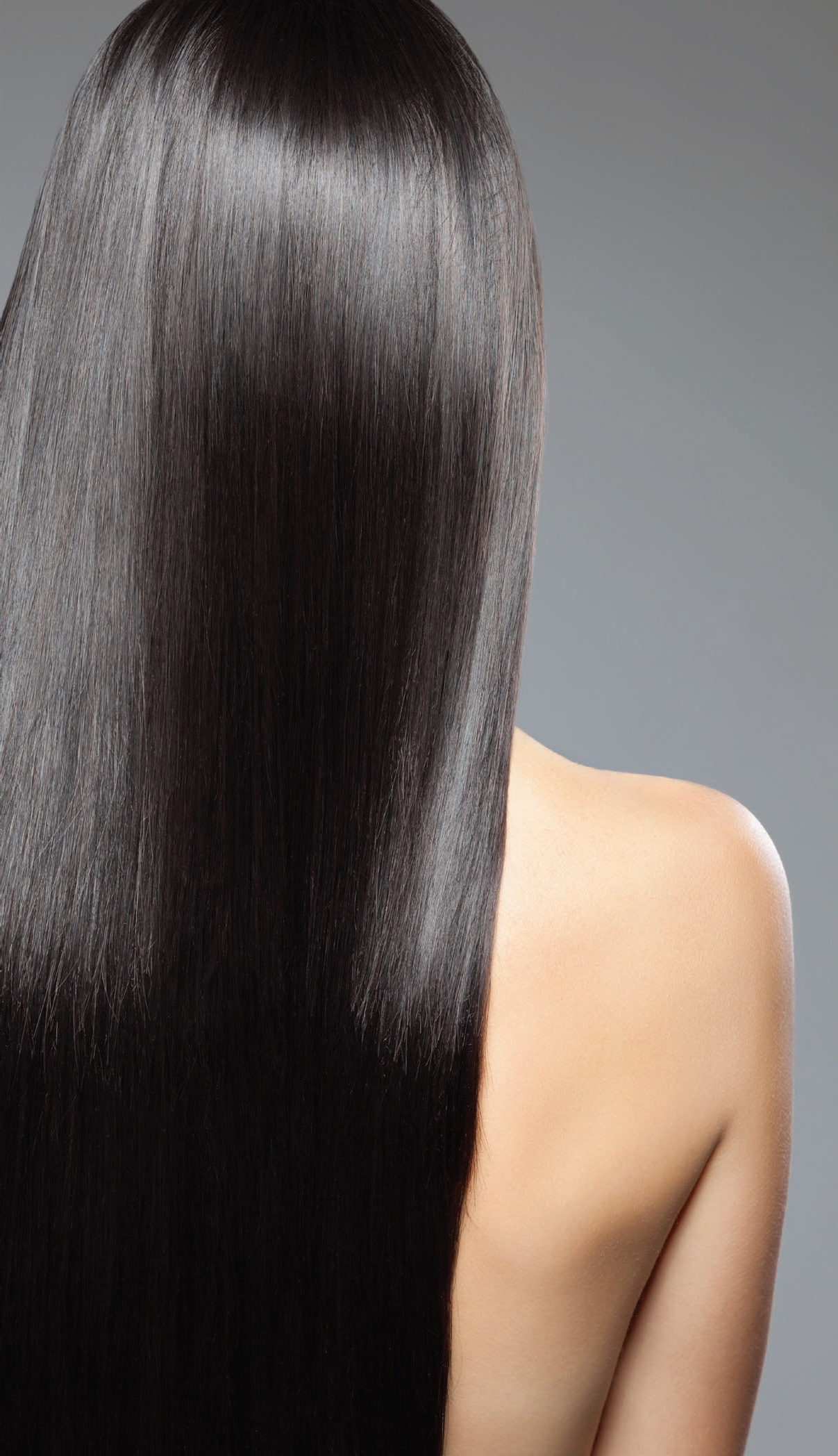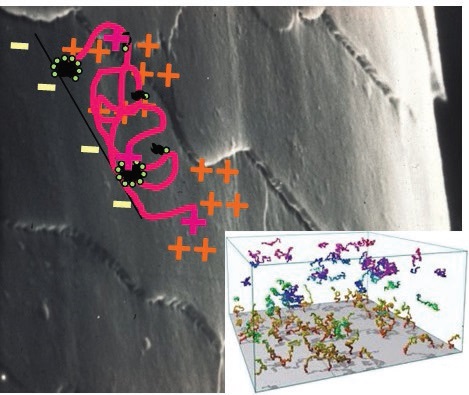20 Minutes With Gustavo S. Luengo
Rachel Fowler, Managing Editor | TLT 20 Minutes March 2018
This physical chemist with L’Oréal Research studies the tribology of hair and skin products.
Dr. Gustavo S. Luengo - The Quick File
Gustavo S. Luengo obtained his doctorate in physical chemistry at the Complutense University in Madrid, Spain, in 1993 on the subject of compatibility of polymer blends. After an industrial experience at Repsol Oil Co. in Spain in the area of lubricants, he took a three-year appointment at the University of California in Santa Barbara on surface forces and tribology of thin liquid films with professor J. Israelachvili. In 2000 he joined L’Oréal Research (France) to lead two laboratories on surface science and electron microscopy and applying technologies like Atomic Force Microscopy to the study of hair, skin and polymers.
Since 2011 Luengo is a recognized fellow expert of L’Oréal in charge of the direction of research projects with external partners worldwide. He has co-authored more than 50 publications in international peer-reviewed journals and has five patents. He is scientific advisor of the Elsevier journal Biotribology.
His current research interests encompass polymers, physical chemistry behavior of formulations for hair and skin care, innovative biophysical approaches to study hair and skin and, in general, any new technologies that can help to evaluate the performance of cosmetic treatments.

Dr. Gustavo S. Luengo
TLT: Are tribological experiments used just for testing efficacy of a cosmetic product or even at development stage?
Luengo: Both are important as application of a cosmetic product necessarily implies a contact, a friction on hair, skin, lips or nails. The main challenge is to protect the substrate and provide some kind of sensorial gratification while allowing the consumer to remove the product when he or she wants.
In-vitro or
in-vivo tribological testing allows these effects to be quantified. But when designing a particular ingredient, we need to know how it is going to perform. Sometimes those raw ingredients that offer good lubrication properties are selected, but in other cases those that resist better to wear may be privileged.
TLT: Can you give a brief description or an example that could help the reader understand how important biotribology is for developing better cosmetics?
Luengo: Let’s take, for example, Intra-Cylane®, molecules capable of penetrating to the core of hair fiber to create a flexible and sol-gel-based resistant molecular network that fills out and strengthens the fiber. To develop this ingredient, many
in-vitro tests were necessary. Some of them were specifically chosen to make evidence the improvement of resistance of the fiber (
1). One of the tests, flexabration (
2), is based on the repetitive friction of the cosmetically treated hair fiber against a steel wire (
see Figure 1).
 Figure 1. Principle of flexabration macroscopic test. The treated hair fiber is moved back and forth against a steel wire.
Figure 1. Principle of flexabration macroscopic test. The treated hair fiber is moved back and forth against a steel wire.
Mechanical fatigue combining fiber tensile strength and friction until hair breakage is used to mimic the combing process. Other tests were based on commercial nano-tribometers and then is a slider in a cross-cylinder geometry that is rubbed against the fiber. Or in some cases Atomic Force Microscopy (AFM) is used to look at the nanotribology of the hair’s scales (
see Figure 2). All these tests combined show an improvement in the resistance of hair after this treatment and help the organic chemist to orient the synthesis accordingly. Eventually these tests provide scientific evidence of the performance of developed products that are confirmed
in-vivo in clinical studies.
 Figure 2. AFM image of hair showing the scales. These determine the differential friction effect (DFE) that is observed between the root-to-tip and tip-to-root friction coefficient.
Figure 2. AFM image of hair showing the scales. These determine the differential friction effect (DFE) that is observed between the root-to-tip and tip-to-root friction coefficient.
 In shampoos and conditioners, lubrication properties are obtained by carefully depositing polymers on the hair surface.
In shampoos and conditioners, lubrication properties are obtained by carefully depositing polymers on the hair surface.
© Can Stock Photo / tommyandone
TLT: What is the most intriguing biotribology problem, if solved, that would have enormous implications for the cosmetic industry?
Luengo: That is a difficult question. To me, a puzzling question is how nanotribology and, in particular, the chemistry behind biological substrates (type of lipids, proteins) affect the macroscopic friction and adhesion. This is particularly complicated in complex bio-interfaces where substrate variability exists as any other biological systems. And eventually, how is that transmitted and perceived by our sense of touch? If we know one day how to link all of that, it will have a strong impact.
In a more practical level,
L’Oréal had recently been awarded a prize in the last conference of the International Federation of Societies of Cosmetic Chemists (IFSCC) in 2016, held in Seoul, South Korea, where we presented our advances in
sonification, a patented device evaluation technology that transforms friction signals into sound and can be used to provide customers with a new and tangible proof of efficacy. The consumers would listen to their hair “repaired condition” particular song (
3). Another recent example is our work relating sensorial evaluation of hair's tactile touch and the tribological characteristics of hair swatches (
4).
TLT: Can you tell us an interesting research problem related to biotribology in cosmetics on which you or your collaborators are working now?
Luengo: We are working, for example, on the impact of the surface nano-relief and structure of hair and skin on the tribological properties. A particular example is our recent determination of the interaction and friction forces between hair fibers (
5). By carefully substituting an AFM tip with a section of hair, we are able to determine these magnitudes and, for example, observe precisely the influence of hair distance and angle on the adhesion and friction. These magnitudes control, for example, the movement of fibers or hair manageability (
see Figure 3).
 Figure 3. In shampoos and conditioners, the lubrication properties are obtained by carefully depositing polymers on the hair surface. These aggregates polymer-surfactant adsorb via electrostatic interaction. Modeling helps to study plausible scenarios.
TLT: What kind of research projects/technical specialties are you looking for when selecting collaborators at the university level?
Luengo:
Figure 3. In shampoos and conditioners, the lubrication properties are obtained by carefully depositing polymers on the hair surface. These aggregates polymer-surfactant adsorb via electrostatic interaction. Modeling helps to study plausible scenarios.
TLT: What kind of research projects/technical specialties are you looking for when selecting collaborators at the university level?
Luengo: We look for win-win collaborations. We understand the needs of academia, and we look first for motivated partners who can see both the scientific interest of our challenges and the need for practicality, product problem-solving needs and timing industrial requirements. In general, we collaborate in many disciplines: biology, physics, etc. In my field, we look for people with interests in surface physical chemistry, biotribology, materials, biophysics, etc., always depending on the priorities we have at the moment. We review constructed proposals and/or opportunities to collaborate in scientific events.
REFERENCES
1.
Luengo, G.S., Galliano, A. and Dubief, C. (2011), “Aqueous lubrication in cosmetics. In Aqueous Lubrication, IISc Research Monographs Series, co-published with Indian Institute of Science (IISc), Bangalore, India, pp. 103-144.
2.
Leroy, F., Franbourg, A., Grognet, J.C., Vayssie, C. and Bauer, D. (1995), “Flexabrasion: A new test for predicting human hair resistance, Proc. 1st Tricontinental Meet. Hair Res. Soc., Brussels, Belgium.
3.
Click
here.
4.
Galliano, A., Kempf, J. Y., Fougere, M., Applebaum, M., Wolfram, L. J. and Maibach, H. (2017), “Comparing touch senses of naïve and expert panels through treated hair swatches: Which associated wordings correlate with hair physical properties?”
Int. J. Cosmet. Sci. 12 (10), pp. 3218-3221.
5.
Mizuno, H., Luengo, G. S. and Rutland, M.W. (2013), “New insight on the friction of natural fibers. Effect of sliding angle and anisotropic surface topography.”
Langmuir,
29(19), pp. 5857-5862.
You can reach Dr. Gustavo S. Luengo at gluengo@rd.loreal.com.